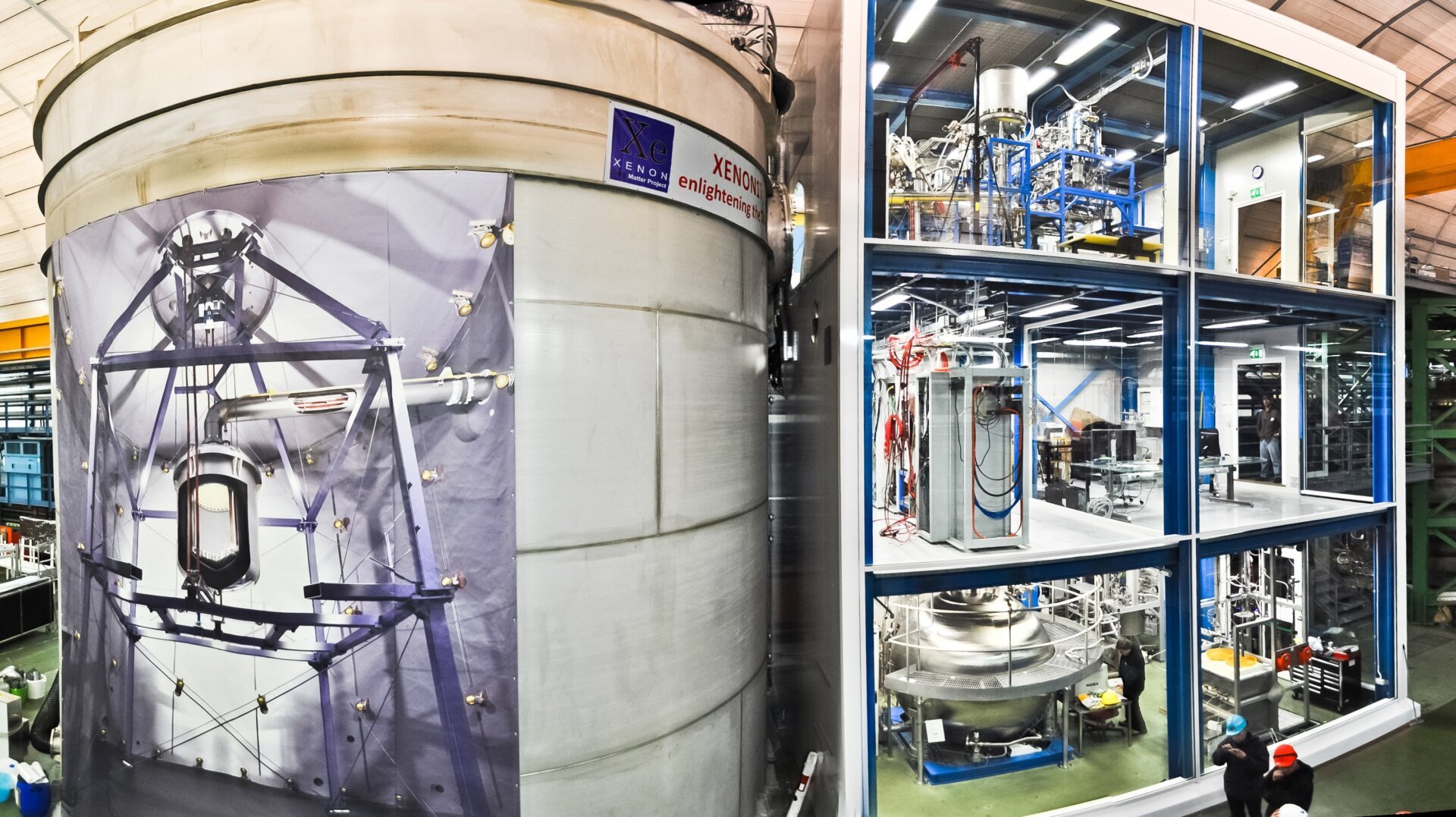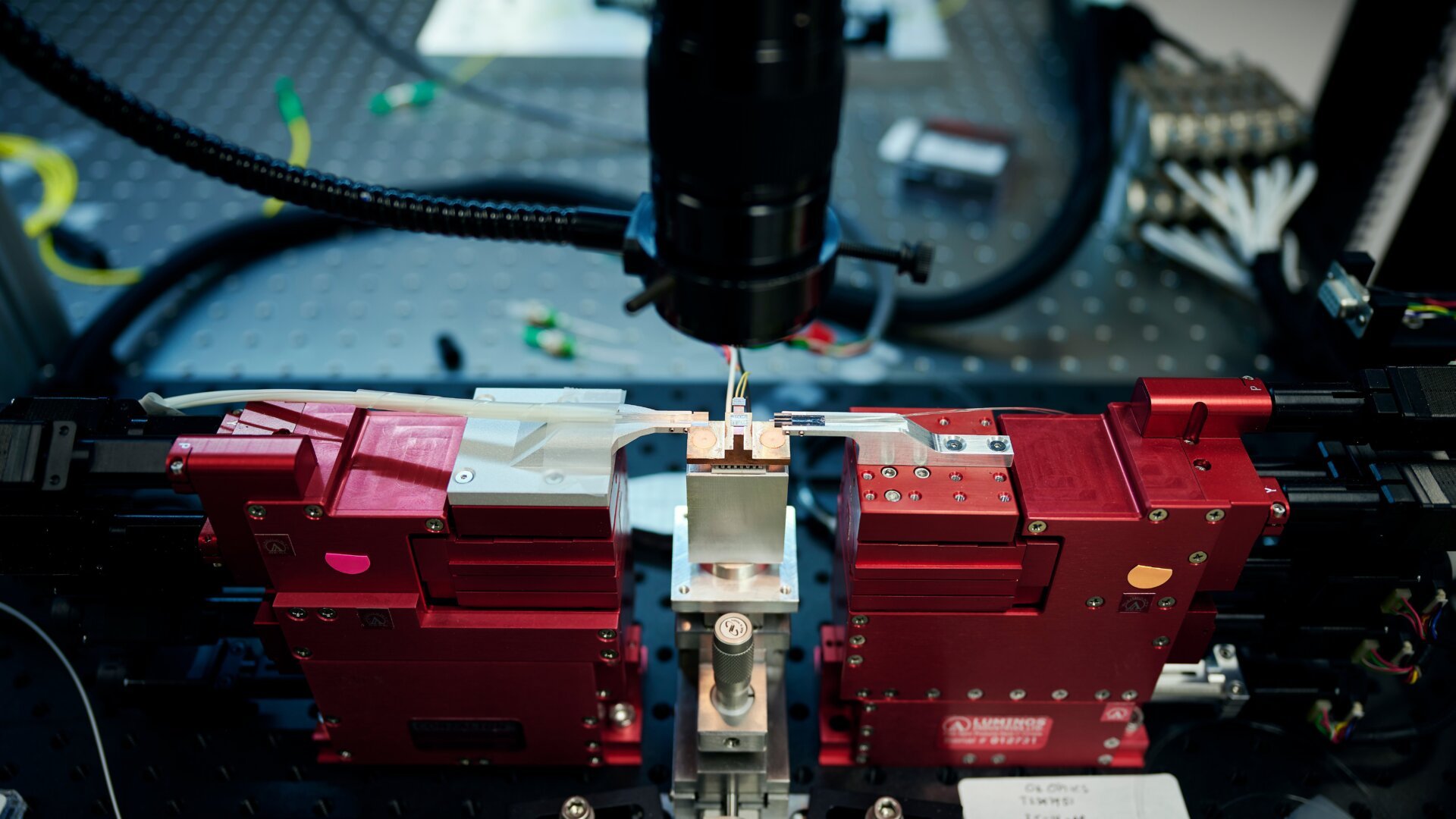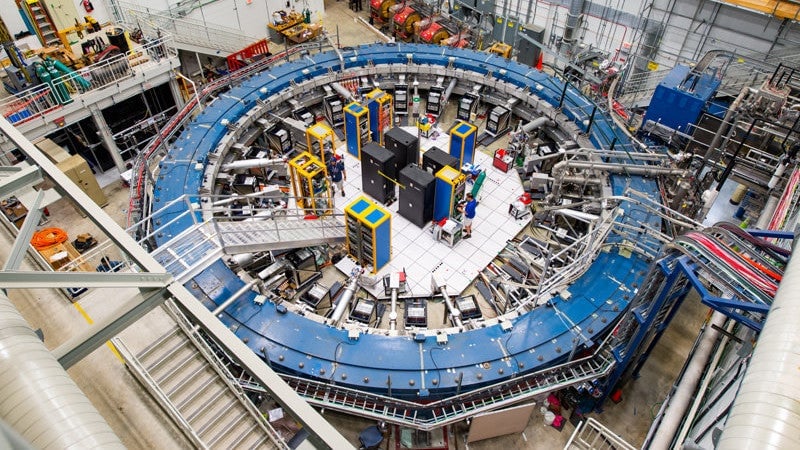The XENON1T dark matter experiment has detected an unexpected signal, sparking excitement and speculation within the physics community. Researchers analyzing data from the experiment have found an excess of interactions within the detector, beyond what the Standard Model of particle physics predicts. While the source of this signal remains unknown, it could potentially point to new physics phenomena beyond our current understanding.
The XENON1T experiment, located deep within the Gran Sasso mountain in Italy, uses 3.2 metric tons of liquid xenon to detect faint interactions with particles. From 2016 to 2018, the experiment searched for evidence of dark matter, the elusive substance thought to make up a significant portion of the universe’s mass. While previous analyses yielded no definitive discoveries, recent scrutiny of data collected between February 2017 and February 2018 has revealed an anomaly.
The researchers observed 285 low-energy electron interaction events, compared to the expected 232, as detailed in a paper published on the XENON1T website. Several potential explanations for this excess have been proposed. One possibility is the detection of axions, hypothetical particles predicted to be produced by the Sun. These particles could also potentially be a component of dark matter. Another possibility is that the neutrino, a known subatomic particle, possesses a higher magnetic moment than previously thought. Finally, a more mundane explanation involves the presence of tritium, a radioactive isotope of hydrogen, contaminating the xenon. Even trace amounts of tritium could produce the observed signal.
The axion hypothesis is particularly intriguing, as it suggests a 3.5-sigma significance for the signal, meaning there is a 99.98% chance it isn’t due to standard physics processes. However, accounting for potential tritium contamination reduces the significance to 2 sigma (95%), highlighting the need for further investigation. Five-sigma significance is generally required for a definitive discovery in particle physics.
While acknowledging the meticulous analysis and the detector’s sensitivity, other physicists urge caution in interpreting the results. The limited data necessitates further investigation before drawing firm conclusions. Furthermore, if solar axions are indeed responsible for the signal, it would imply a stronger interaction between axions and electrons than current theories predict. This discrepancy could have implications for our understanding of the Sun’s properties, including its temperature and neutrino production. Independent confirmation from experiments like solar magnetic helioscopes would be crucial to solidify the axion interpretation.
The mystery surrounding the XENON1T signal underscores the challenges and excitement of exploring the frontiers of physics. Future experiments, including the upgraded XENONnT detector and other dark matter searches like LZ and PandaX, will play a crucial role in unraveling the true nature of this intriguing anomaly. Whether the signal represents a groundbreaking discovery of new physics or a more mundane explanation remains to be seen. For now, the scientific community eagerly awaits further data and analysis.











